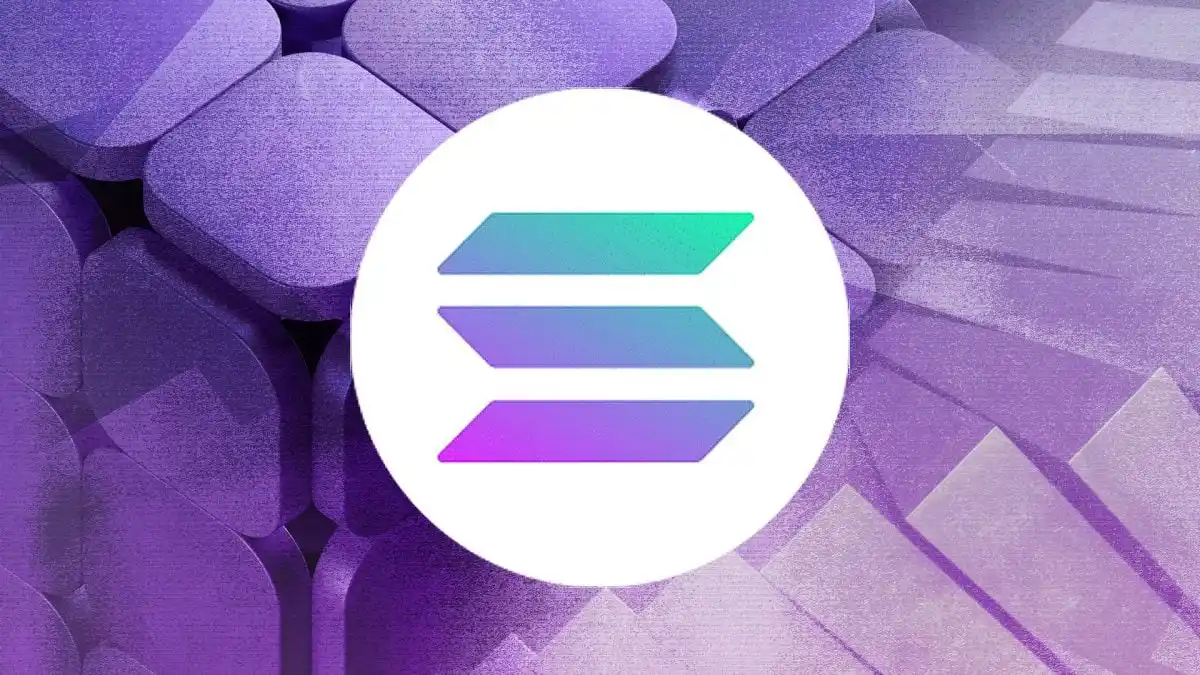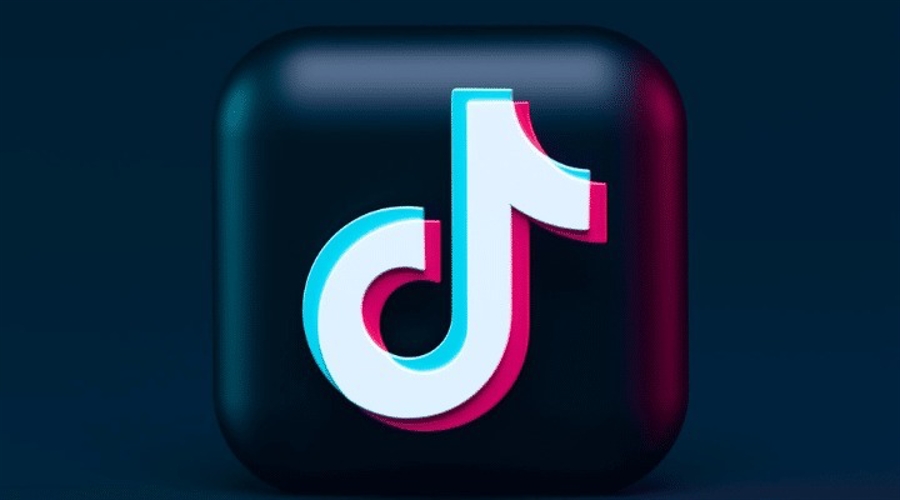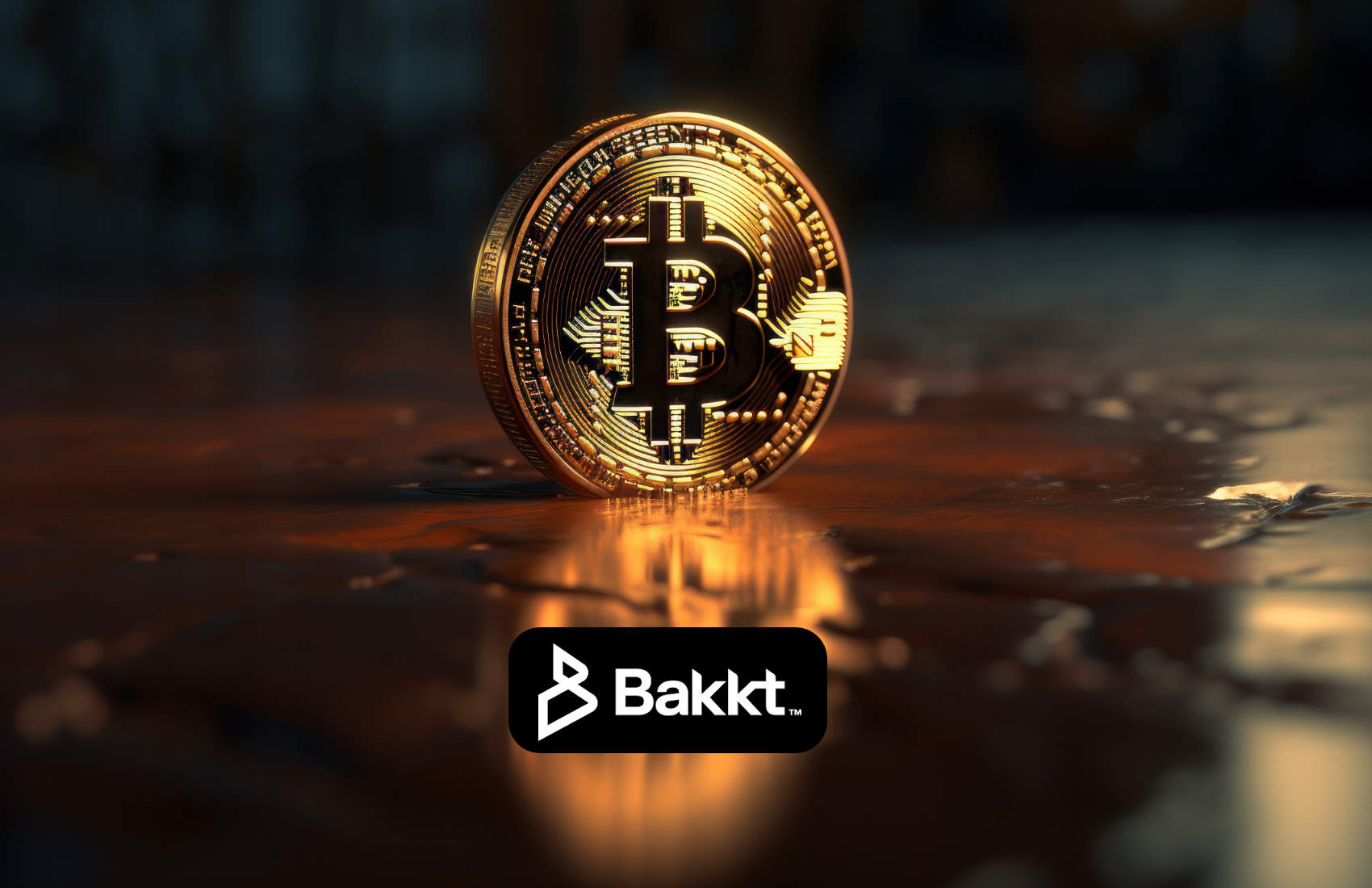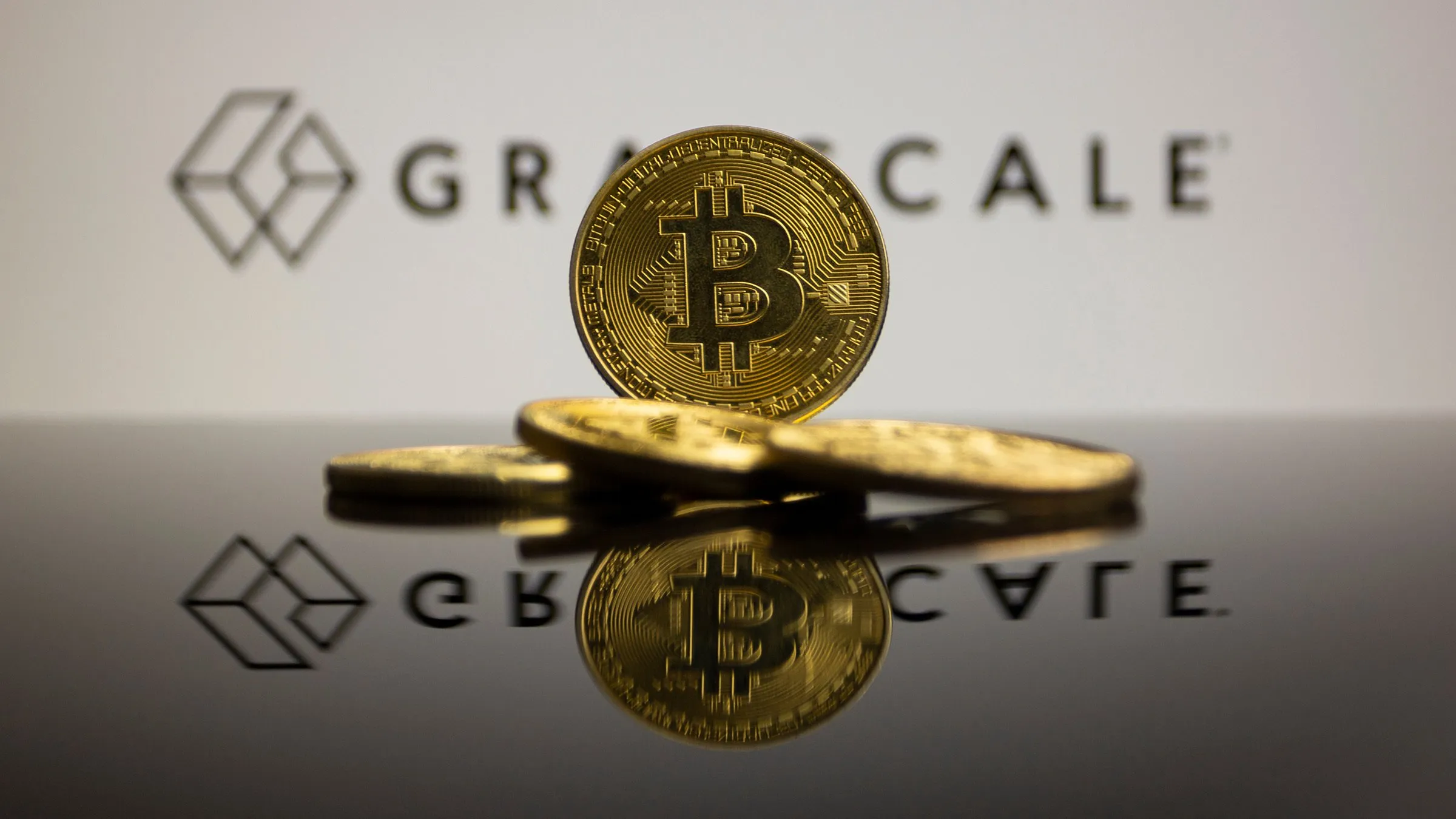AI DAOs, and Three Paths to Get There
From Trent McConaghy
DAOs have arrived. When artificial intelligence (AI) gets added to the mix, the results are explosive.
I was about ten years old when I stumbled across a book on artificial intelligence (AI). It riveted me. The profound implications sunk in. I’ve been passionate about ever it since. I spent nearly twenty years as a professional AI researcher. Three years ago, I stepped out of the AI world to work on something just as important: decentralization. These worlds will collide, soon.
This post is Part I of a series. It considers how such AI DAOs might be built. Part II gives details on how, and near-term implications. Part III describes humanity-scale implications (“oh sh*t”), with a possible solution.
Hype / Tech Schedule
Decentralization started with Bitcoin. Then blockchain. But it hasn’t ended there. I’ve come to realize this wasn’t just one wave, or even two. I currently see it as five in a row, one wave furiously crashing after the other.
The importance of each wave isn’t diminished by the wave that follows.
AI is slated to arrive with a vengeance in the fifth wave. So, how quickly are we passing through these waves? Faster than expected.
Recently, “ The DAO ” was released. Within weeks, it had more than $150M funding and was featured on the front page of the New York Times . That was fast! Yes, there are security and governance issues, most notably the June 17 hack . But the concept of DAOs — Decentralized Autonomous Organizations — is now in the zeitgeist.
Which has got me thinking a lot more about AI DAOs.
AI DAOs
To describe what makes AI DAOs special over plain DAOs or plain AI, we must start with an understanding of a DAO, and AI.
I see a DAO as a computational processes that run autonomously, on decentralized infrastructure, with resource manipulation. The Bitcoin network and the Ethereum network are DAOs. DAOs can live on other DAOs; for example, The DAO runs on Ethereum. It’s just a script that that sits there, waiting for some transaction to trigger it, to transfer runs according to logic. But most consider “triggered” DAOs still DAOs, because they don’t require any human intervention to operate, and they can’t be turned off because they’re running on decentralized infrastructure.
AI has a few definitions: a collection of fields aiming for narrow intelligence (e.g. design an analog chip using deep nets); a field aiming for more general human-level intelligence (artificial general intelligence); and the science & technology artifacts coming out of those fields. Advances in the narrow fields often lead to advances in the general field. One can also work to advance the general field directly.
Therefore an AI DAO is a DAO that uses AI technology. Or, it’s AI technology that’s run on a decentralized processing substrate.
Here’s what makes AI DAOs special over plain AIs: access to resources; the ability to amass more resources; and the possibility that humans can’t control them once they’re going. Before, we could have AI agents running around in Minecraft, but the gains there stopped in the game world, they didn’t influence Real Life. Now, there could now be an AI DAO that amasses tremendous wealth and does what it wants. The first AI billionaire is coming.
So, when and how might we arrive at AI DAOs? The when depends on the how, but it feels soon.
Three Paths
There are at least three ways to do an AI DAO.
- AI at the edges (of the smart contract).
- AI at the center (of the smart contract).
- Swarm intelligence — many dumb agents with emergent AI complexity.
Let’s explore.
1. AI at the edges of the smart contract
Start with a single monolithic DAO that acts like a clearinghouse for decisions made at edges. Each edge is an intelligent decision-making entity: straight-up human intelligence (like now, in The DAO), a human-organizing entity like prediction market or reputation system, or an AI that don’t require human intervention to make decisions. Just as the human-based entities have a variety of biases and decision-making frameworks, the AIs could too.
Consider if all the edge entities were AIs, where control of the AIs have been ceded by their creators to the running AI itself. That would be an AI DAO. You could have shades of gray in between too, where some fraction of the edges were AIs.

1. AI at the edges of a smart contract
The simplest way to get this going is on The DAO itself. If you’re a token holder, simply cede control to another smart contract running something AI-like to make the key decisions: for a given proposal, whether to join quorum, whether to vote yes/no, whether to split, and so on. The AI-like entity could start off ridiculously simple. As a simple non-AI baseline to get started, simply say yes to everything. The next level: use a random number generator, based off previous block hashes. The next level: perhaps a linear classifier that gives a “yes” if some weighted combination of inputs passes a threshold. And you could get progressively more complex, such as a feedback framework for sensing inputs, updating state, and making decisions, implemented in a modern recurrent deep network.
This could actually solve a problem that Bitshares has today , and The DAO could easily have: hitting quorum. Right now The DAO needs 20% turnout to even vote on a proposal. That’s tough with humans. Token holders are busy folks. But the busy human token holders could simply give control to the edge-script AI DAO of their choice. Then we’d always get quorum! There could be a whole marketplace for these AI DAO scripts, where people could choose among investing behaviors that trade off risk vs. reward. It’s the modern fund manager. Want to make a business of it? Just charge a small maintenance fee. Cheap index fund managers charge 1%; fancier managers charge 5% or more.
Consider if all token holders of The DAO ceded to AI bots. And for fun, the curators. We’d have $150M under management by AI, that you can’t turn off. Each token-holding bot could get more complex too, having its own automated mini-markets for decision making. The DAO could end up being radically more complex and automated than we ever imagined.
2. AI at the Center of the Smart Contract
In this scenario, a more complex AI entity would be the core of the smart contract. This AI entity would be a feedback control system. Its feedback loop would continue on its own, taking inputs, updating its state, and actuating outputs, with the resources to do so continually. This framework is how most modern AGIs (Artificial General Intelligences) are set up, as well as DeepMind’s AlphaGo. The building blocks can be deep nets, recurrent deep nets, genetic programming, or other AI approaches.

2. AI at the center of a smart contract
One example is an AI marketing organisation. Let’s say you have a company that manufactures shoes. You give marketing money to an AI DAO. The AI DAO figures out which people in the human social network can best market the products of your company, and automatically sends them money plus request for marketing. Over time, humans build reputations for being good at delivering high marketing RoI, and they get more assignments. (Thanks to Meher Roy for this!)
3. Swarm intelligence — many dumb agents with emergent AI complexity
The idea here is that there is a network of smart contracts. Each on its own is pretty dumb, but intelligence emerges. This is how ants, bees, and other individual organisms behave, with their collective intelligence doing something more complex, like building a nest or a beehive. This has an equivalent field in AI, which started as ant colony optimization over two decades ago, but has since generalized to swarm intelligence (and has mathematical underpinnings in reinforcement learning).

3. Swarm intelligence — many dumb agents with emergent AI complexity
These are just three paths. There are almost certainly more. For example, any one path could be combined with other paths, and there could be abstractions of intelligence that move to higher and higher layers.
Conclusion
That’s all! I wanted to keep this post short and sweet.
This post has a follow-up (Part II) which explores the implications of AI DAOs, including the dangerous ones: Wild, Wooly AI DAOs . And, Part III is here .
Appendix
This post does not advocate AIs as a replacement to DAO hacks or governance problems. AI DAOs will be even harder to get right.
Acknowledgements
Thanks especially to conversations with Greg McMullen and Simon de la Rouviere . That was the spark of much of this:)
BlockchainEthereumArtificial Intelligence
Disclaimer: The content of this article solely reflects the author's opinion and does not represent the platform in any capacity. This article is not intended to serve as a reference for making investment decisions.
You may also like
Will there be a Solana ETF by the end of 2025?

US CFPB finalizes its rule for large nonbank firms offering digital payments, but excludes crypto

Trump Media in talks to acquire ICE crypto firm Bakkt – report

ETHは1,800.00ドルを下回り、現在は1,799.79ドルで取引されています。


